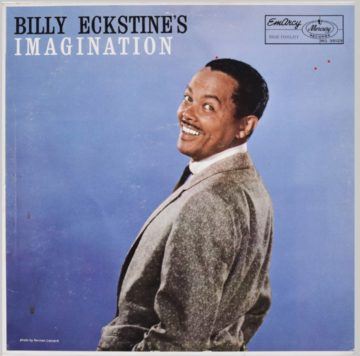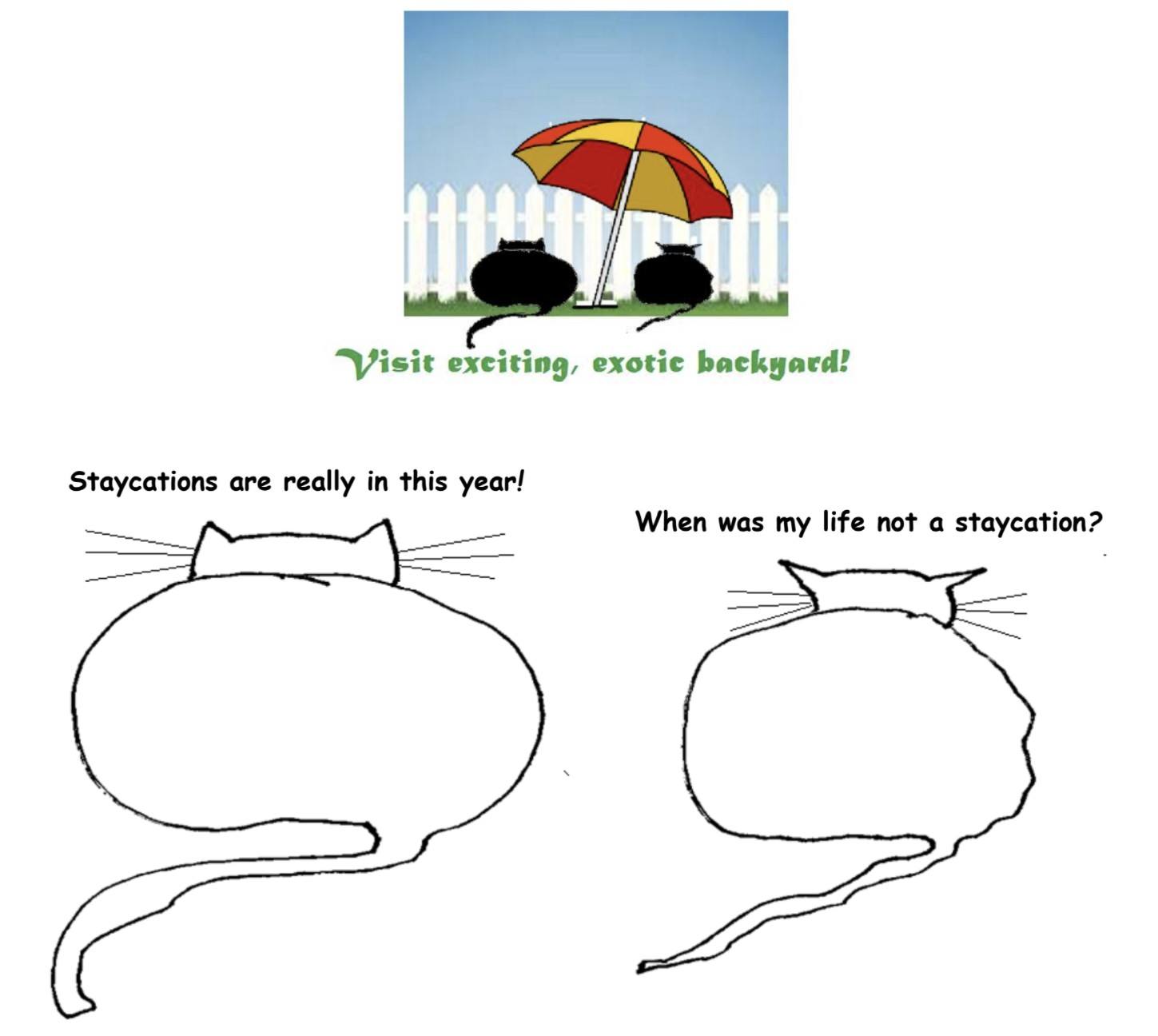by Fabio Tollon

Human beings are rather silly creatures. Some of us cheer billionaires into space while our planet burns. Some of us think vaccines cause autism, that the earth is flat, that anthropogenic climate change is not real, that COVID-19 is a hoax, and that diamonds have intrinsic value. Many of us believe things that are not fully justified, and we continue to believe these things even in the face of new evidence that goes against our position. This is to say, many people are woefully irrational. However, what makes this state of affairs perhaps even more depressing is that even if you think you are a reasonably well-informed person, you are still far from being fully rational. Decades of research in social psychology and behavioural economics has shown that not only are we horrific decision makers, we are also consistently horrific. This makes sense: we all have fairly similar ‘hardware’ (in the form of brains, guts, and butts) and thus it follows that there would be widely shared inconsistencies in our reasoning abilities.
This is all to say, in a very roundabout way, we get things wrong. We elect the wrong leaders, we believe the wrong theories, and we act in the wrong ways. All of this becomes especially disastrous in the case of climate change. But what if there was a way to escape this tragic epistemic situation? What if, with the use of an AI-powered surveillance state, we could simply make it impossible for us to do the ‘wrong’ things? As Ivan Karamazov notes in the tale of The Grand Inquisitor (in The Brothers Karamzov by Dostoevsky), the Catholic Church should be praised because it has “vanquished freedom… to make men happy”. By doing so it has “satisfied the universal and everlasting craving of humanity – to find someone to worship”. Human beings are incapable of managing their own freedom. We crave someone else to tell us what to do, and, so the argument goes, it would be in our best interest to have an authority (such as the Catholic Church, as in the original story) with absolute power ruling over us. This, however, contrasts sharply with liberal-democratic norms. My goal is to show that we can address the issues raised by climate change without reinventing the liberal-democratic wheel. That is, we can avoid the kind of authoritarianism dreamed up by Ivan Karamazov. Read more »

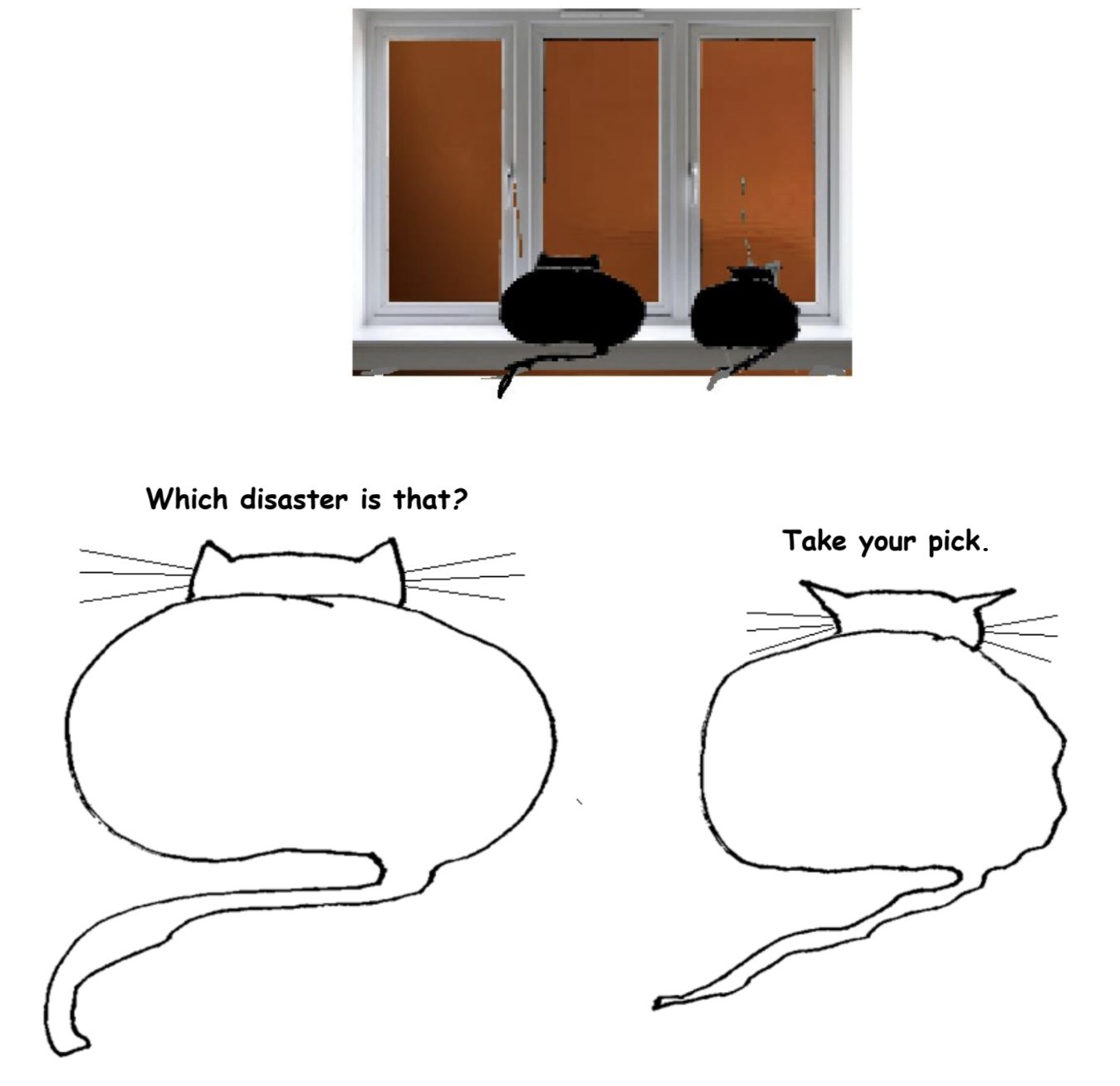
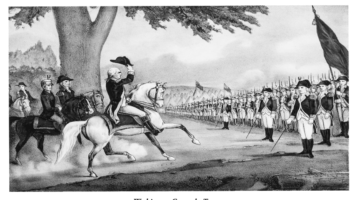




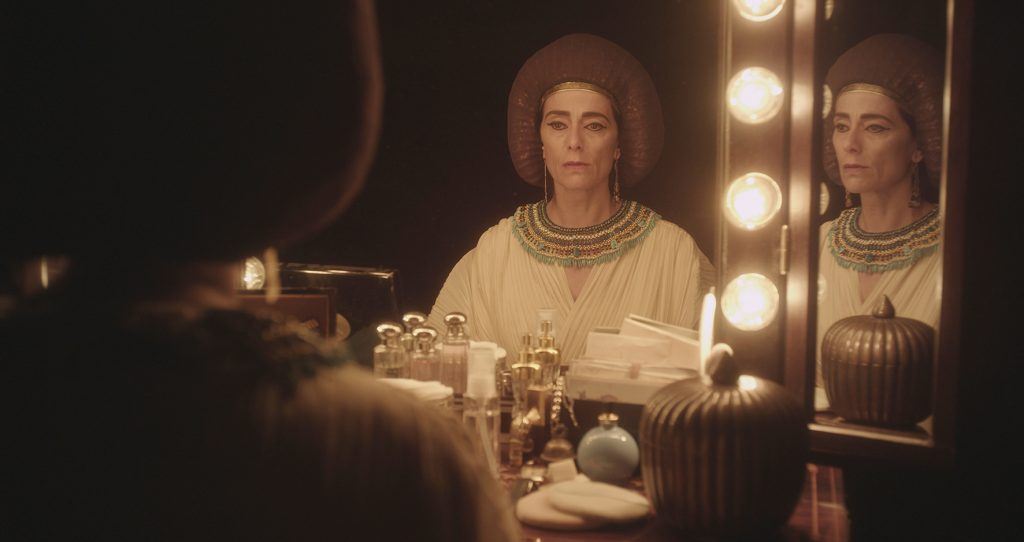
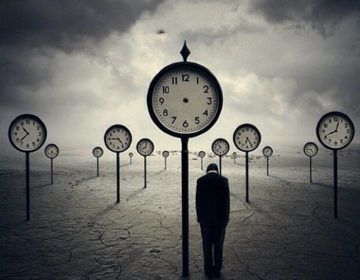 In spite of my abiding interest in literature when I came to college I was vaguely inclined to major in History. In the long break between school and college I chanced upon two books of Marxist history which opened me to a new vista of looking at history. The first was Maurice Dobb’s Studies in the Development of Capitalism. This book showed me that there is a discernible pattern in the jumble of facts in history, which attracted me. Soon after, I read a lesser Marxist history book, A.L. Morton’s People’s History of England which showed me how recasting the old widely-known history of England from the people’s perspective gives you new insights. These books whetted my appetite to read more of Marxist history.
In spite of my abiding interest in literature when I came to college I was vaguely inclined to major in History. In the long break between school and college I chanced upon two books of Marxist history which opened me to a new vista of looking at history. The first was Maurice Dobb’s Studies in the Development of Capitalism. This book showed me that there is a discernible pattern in the jumble of facts in history, which attracted me. Soon after, I read a lesser Marxist history book, A.L. Morton’s People’s History of England which showed me how recasting the old widely-known history of England from the people’s perspective gives you new insights. These books whetted my appetite to read more of Marxist history. The events in Afghanistan over the last week are being seen as yet another “hinge moment” in history. The images of helicopters evacuating personnel from embassies and people chasing aircraft in desperation to get on them have been seared into the memories of all who have seen them. As a person from the region (Pakistan), a student of history, and as someone interested in the current state of the world, I too have watched these events with a mixture of amazement, trepidation, horror, and perplexity. It is not clear yet whether “hope” or “fear” – or both – should be added to that list. The things I say in this piece are just the thoughts and speculations of a non-expert lay person trying to make sense of an obscure situation. As will be obvious from the rest of this piece, for all the pain and suffering the new situation in Afghanistan will bring to people in Afghanistan, I think that the American decision to withdraw was the only rational choice. The alternative of staying on for years – perhaps decades – to build a better Afghanistan would just be another exercise in paternalistic colonialism. However, the way the withdrawal is happening is a great failure of American leadership and the blame for that lies mainly with the American policies of the last two decades. Perhaps its biggest failure was in not preparing Afghanistan for this day that was sure to come sooner or later. Now the Afghan people – especially women – will pay a price for that failure, but it may also come back to haunt the United States and other great powers. It has happened before….
The events in Afghanistan over the last week are being seen as yet another “hinge moment” in history. The images of helicopters evacuating personnel from embassies and people chasing aircraft in desperation to get on them have been seared into the memories of all who have seen them. As a person from the region (Pakistan), a student of history, and as someone interested in the current state of the world, I too have watched these events with a mixture of amazement, trepidation, horror, and perplexity. It is not clear yet whether “hope” or “fear” – or both – should be added to that list. The things I say in this piece are just the thoughts and speculations of a non-expert lay person trying to make sense of an obscure situation. As will be obvious from the rest of this piece, for all the pain and suffering the new situation in Afghanistan will bring to people in Afghanistan, I think that the American decision to withdraw was the only rational choice. The alternative of staying on for years – perhaps decades – to build a better Afghanistan would just be another exercise in paternalistic colonialism. However, the way the withdrawal is happening is a great failure of American leadership and the blame for that lies mainly with the American policies of the last two decades. Perhaps its biggest failure was in not preparing Afghanistan for this day that was sure to come sooner or later. Now the Afghan people – especially women – will pay a price for that failure, but it may also come back to haunt the United States and other great powers. It has happened before….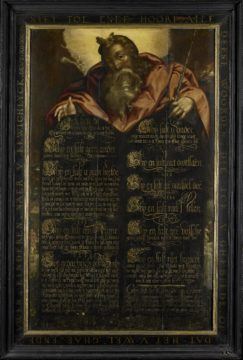



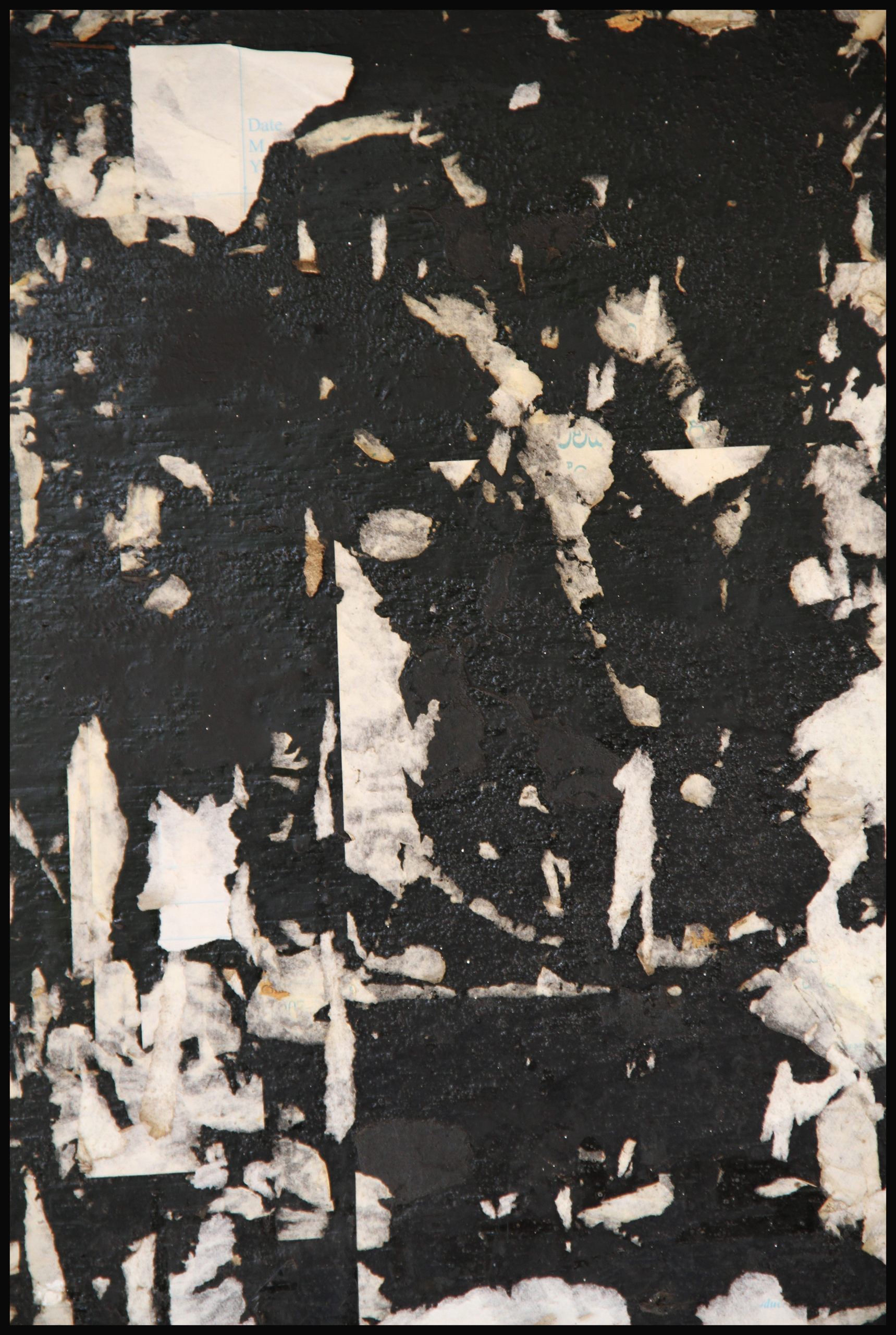 Sughra Raza. Temple Wall Philosophy. Galle, Sri Lanka, 2010.
Sughra Raza. Temple Wall Philosophy. Galle, Sri Lanka, 2010.
